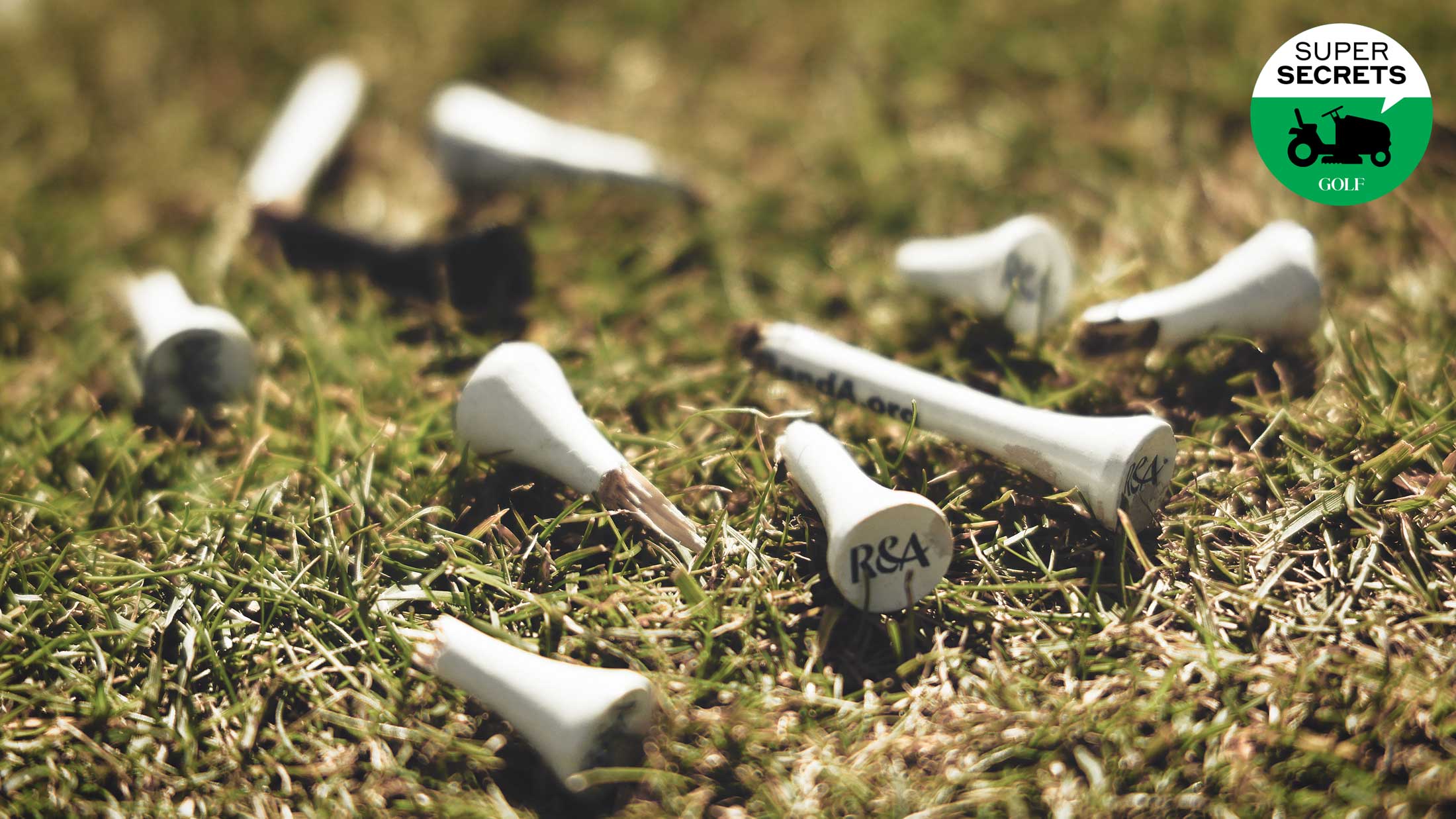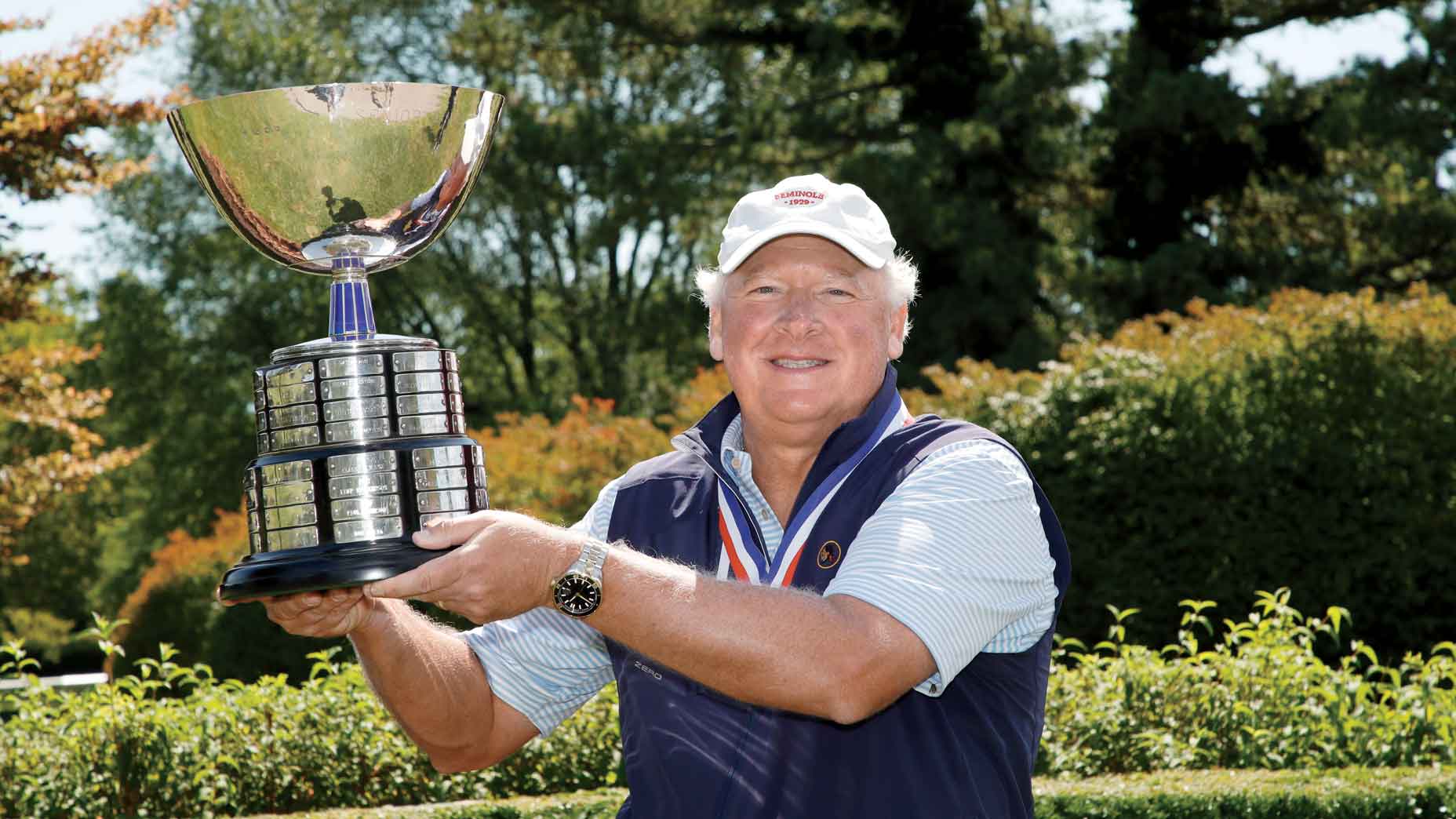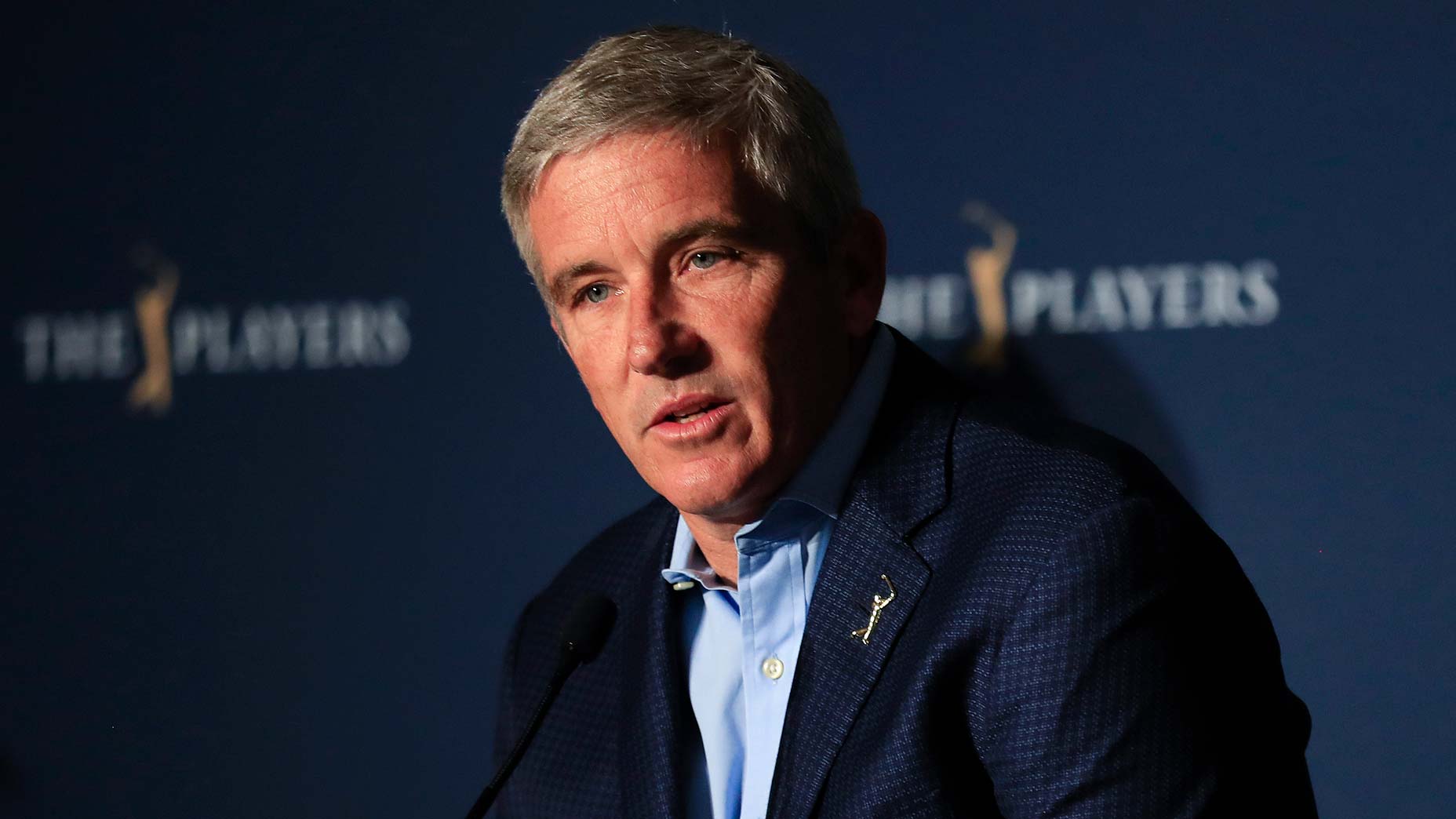What does it cost to maintain a Top 100-caliber links course? This one told us
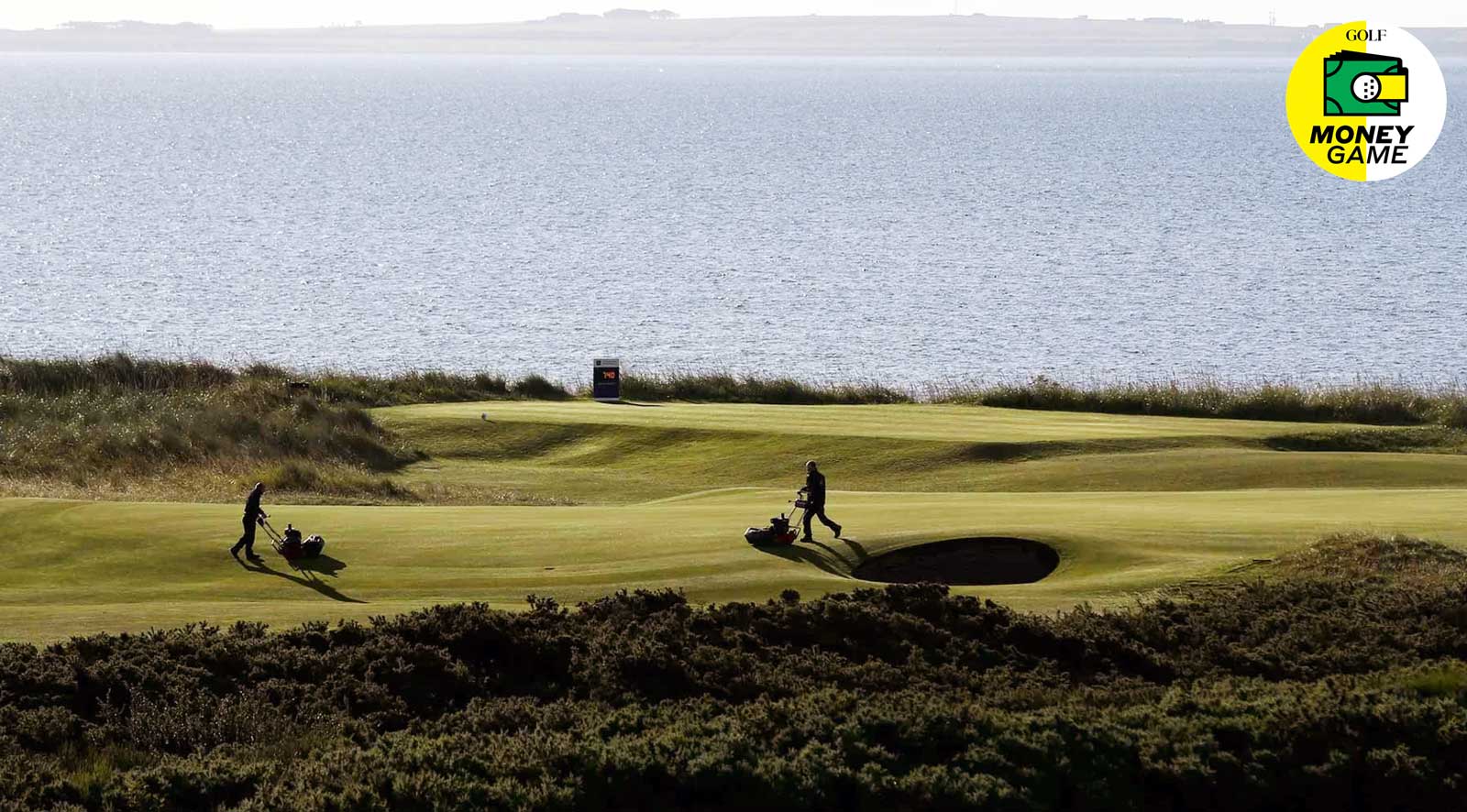
Royal Dornoch is ranked 12th on GOLF's latest ranking of the Top 100 Courses in the World.
Getty Images
There’s something decidedly different about the color palette you see on Scottish links courses.
Instead of lush greens, which you often find on tees, fairways and putting surfaces at top courses in the United States, you’ll see a paler green likely with some brown and gold mixed in. You may have noticed this coloring when the Open Championship visited St. Andrews this summer.
The brownish blend isn’t because these courses aren’t treated with the same care as their American counterparts — quite the contrary.
It’s largely a result of Mother Nature.
“I would probably say 90 percent of it is the weather,” Eion Riddell, the course manager at Royal Dornoch Golf Club, in northeast Scotland, said the other day by phone. “Obviously we are dry and windy most of the time during the season and certainly have been this season. And, you know, we’re not into the lush, green, stripy look that a lot of American courses strive for.”
The Scots also aren’t into spongey surfaces. Firmer, drier turf helps brings alive the ground game, the essence of links golf.
The net result for maintenance costs? Big savings.
Neil Hampton, Royal Dornoch’s general manager, said the maintenance budget for 2022 fiscal year (April 1 to March 31, 2023) is about £1 million, or about $1.15 million. That might sound like a good chunk of change, but that’s for a 36-hole facility, which includes the Championship course, ranked No. 3 on GOLF’s Top 100 courses in UK and Ireland list and No. 12 on our World list — and which Tom Watson once described as “the most fun I’ve ever had a on a golf course.”
Comparatively, the average maintenance budget for an 18-hole private facility in the U.S. is just over $1 million annually (that figure, of course, varies regionally), according to the Golf Course Superintendents Association of America. That includes all private golf courses, not just top-ranked ones, and is roughly the same as what Royal Dornoch pays to maintain two courses.
It’s not just the weather that helps Dornoch keep its costs down, Riddell said.
“Over in America, you have obviously a lot of problems with the kind of diseases there,” he said. “But over here, it’s not as prevalent, certainly on links courses. So our budget for fertilizers and chemicals will be probably, for the year, what you guys would probably use in a month.
“We hardly spray any fungicides, maybe once a year if we need to. We don’t spray any pesticides, but we still spray herbicides for weeds.”
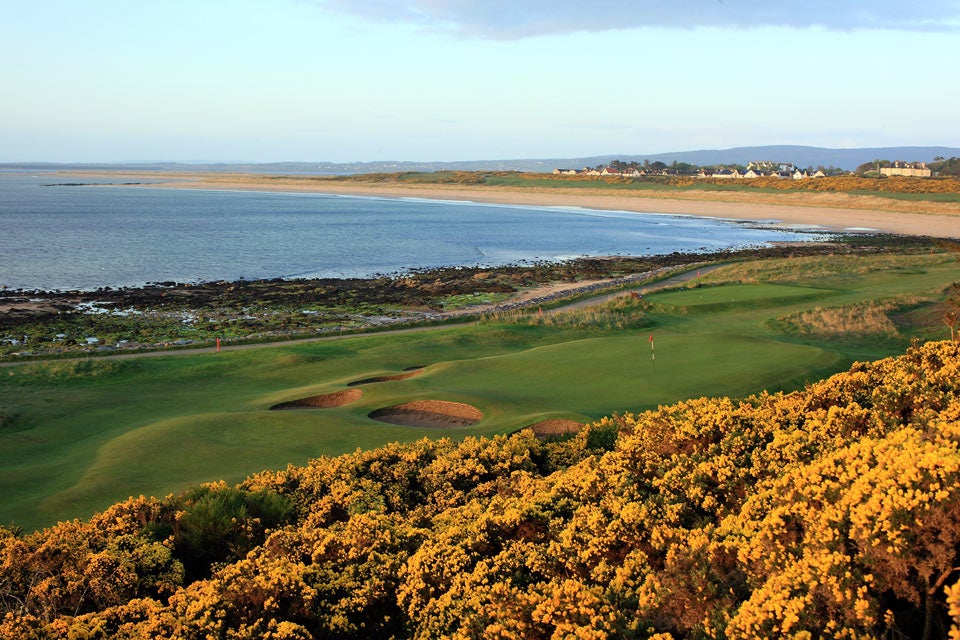
Riddell’s work experience has primarily been limited to Royal Dornoch — he’s been on the job there for nearly four decades — but he has compared notes with many U.S. superintendents and said a maintenance budget as low as Dornoch’s simply isn’t possible at a comparable U.S. property, even at an American links-style facility like Bandon Dunes.
“It’s all to do with weather and growth,” Riddell said.
Or lackthereof.
While a top U.S. private club might need to cut its greens, fairways and tees every day, Riddell said Dornoch cuts only its greens daily. His team cuts the fairways, fringes and tee boxes just twice, maybe even once, a week. And the rough only once every two weeks.
The climate also helps them cut back on other daily items such as turf repair.
“When we’re dry and firm, we don’t tend to take many divots so we obviously save a bit there,” Riddell said. “Our day-to-day routine is probably similar to [U.S. courses], but we’re taking off less grass. So the job is done a lot quicker. You’re saving on fuel. You’re saving on all different things.”
Relative to U.S. courses, Dornoch and other U.K. links courses of its ilk also save money on water usage.
“We don’t use mains water,” Riddell said. “We have our own water sources.”
That’s a huge boon for Royal Dornoch, especially during what was an historically dry summer in east Scotland. (The club does have a license with the Scottish Environmental Protection Agency for their water rights, but Riddell said the cost is fairly minimal.)
“You’re talking probably hundreds of pounds and not tens of thousands of pounds [per year],” he said.
Riddell said the only impact additional water use has on the club is additional energy costs from running the water pumps more often.
But even in the midst of a dry summer, Riddell said the water system had not been used in close to two weeks when we spoke in mid-August.
In the U.K., even lusher parkland-style courses enjoy smaller maintenance budgets due to another factor: staff size.
Hampton said Dornoch has about only 20 maintenance crew members for its two courses. At another top-shelf U.K. course, Sunningdale Golf Club, in London, managing director Tristan Hall said keeping a smaller staff is also something his club does to help manage cost.
“I would guess that most Top 100 golf clubs in the USA would have an average of 30-50 green staff for 18 holes verses an average of 15-20 per 18 holes (top 100) in the U.K.,” Hall said.
He declined to reveal Sunningdale’s maintenance budget, but said the costs saved in maintenance can be passed on to members.
“If we want to maintain a relatively low subscription (annual dues), then we cannot have as many staff, for example, as a U.S.-style club,” Hall said. “The expectations remain high, but we have to manage in a different way.”





